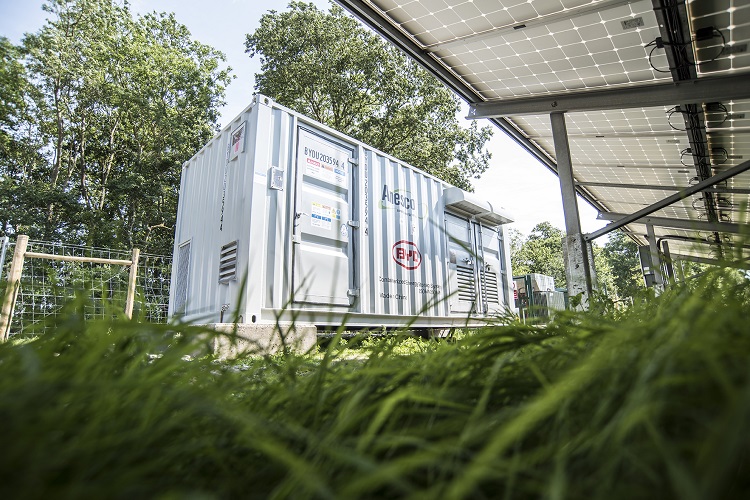Haryana-based developer ReNew Power has collaborated with Stanford University’s Precourt Institute for Energy on its StorageX Initiative. StorageX is an academic-industry-government initiative that aims to solve the most pressing real-world challenges in battery storage by addressing gaps between academic and industrial R&D.
ReNew’s collaboration with StorageX will focus initially on challenges surrounding grid-level battery usage and performance in India, with an eye toward optimizing storage assets’ performance and ultimately driving stable and firm power delivery to the grid.
ReNew will participate in StorageX through the Stanford Energy Corporate Affiliate (SECA) program, which facilitates interactions between organizations and Stanford faculty and graduate students across the full range of energy-related topics. Through its membership in the SECA program, ReNew will have access to world-class research and opportunities for collaboration on research, education and training.
Speaking about the affiliation, Sumant Sinha, ReNew Power founder, chairman, and CEO, said, “The collaboration with Stanford’s StorageX Initiative will broaden ReNew’s field of vision and help us in recognizing promising new technologies quickly. Reliable renewable power generation in India is critical to meeting the government’s goal of putting 450 GW of renewable power online by 2030. ReNew is proud to work with Stanford’s Precourt Institute for Energy in ensuring that economical and efficient energy storage technologies become critical in reducing the intermittency of renewable power in countries around the world.”
Grid-scale battery storage is crucial for India to meet its long-term goal of firm, reliable electricity from grid-integrated renewable sources. The ability to deliver reliable power from renewable sources at peak and off-peak hours is critical to power distribution companies’ plans to meet obligations for purchasing renewable power.
In January 2020, ReNew emerged winner in India’s first auction for renewable power generation combined with energy storage for guaranteed peak power supply. The 300 MW project was awarded by the Solar Energy Corporation of India.
Additionally, ReNew has won the auction to provide 400 MW of round-the-clock power through renewable sources. This project will use a combination of wind and solar renewable generation assets and storage technology to provide annual capacity utilization of 80%–approximately double that of regular renewable energy generation projects.
This content is protected by copyright and may not be reused. If you want to cooperate with us and would like to reuse some of our content, please contact: editors@pv-magazine.com.









By submitting this form you agree to pv magazine using your data for the purposes of publishing your comment.
Your personal data will only be disclosed or otherwise transmitted to third parties for the purposes of spam filtering or if this is necessary for technical maintenance of the website. Any other transfer to third parties will not take place unless this is justified on the basis of applicable data protection regulations or if pv magazine is legally obliged to do so.
You may revoke this consent at any time with effect for the future, in which case your personal data will be deleted immediately. Otherwise, your data will be deleted if pv magazine has processed your request or the purpose of data storage is fulfilled.
Further information on data privacy can be found in our Data Protection Policy.